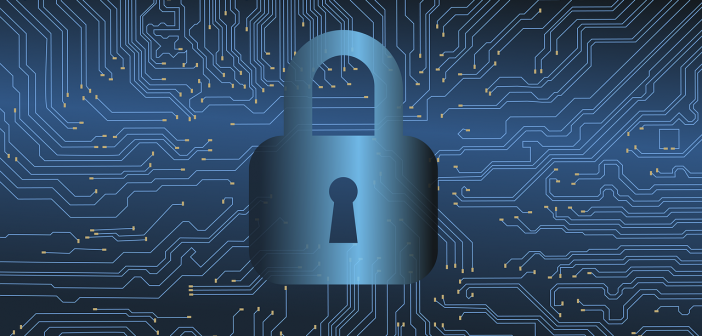Within the domains of technology, security is one issue that has remained sensitive and elusive.
Security experts have progressively identified areas that they consider of greater risk, indexed spheres of a higher threat, including mapping sections that they perceive to be potentially vulnerable. The aim being to sustain a robust and manageable security program effectively.
From both technical and non-technical approach cybersecurity remains an uncharted sea of personal and organizational area of concern. The entry of advanced technologies have birthed the realm of artificial intelligence and cybersecurity. Exploring diverse tenets of cybersecurity, the entry of AI is timely, productive and also a threat in itself.
Proper and satisfactory security protocols must satisfy basic requirements of deterrence, must be simple to implement, hard to infiltrate, and must sustain utmost privacy level. However, with the evolution of AI and integration of big data, cybersecurity is drifting to a complex technical level. The challenge though is, in the future, will it be sustainable? How will it help to deter criminals? Will it be used to exploit vulnerabilities within existing apps or core infrastructures? Artificial intelligence relies heavily on data, but the availability of data doesn’t mean AI solutions are inevitable.
An aggregation of AI technologies like natural language processing, machine learning, deep learning, and business rules will have significant impact on all procedures of the security solutions development life cycle, either helping security designers create better or worse solutions. As in other regions of technology, AI will disrupt how cybersecurity solutions are developed and consumed.
Will the entry of AI technologies be useful for cybersecurity operations? The answer is yes and no, yes in that not many criminals have the AI expertise. The combination of AI technologies are employed to build self learning algorithms, complex security and advanced knowledge base. Different organizations are employing a combination of old and modern security infrastructures, and this mix is hard to get through. No, with the emerging technologies, AI in cybersecurity will require massive investment in time and resources, sustainable algorithms must be developed to manage emerging applications and changing security threats landscape. It will be hard or eventually challenging to develop an all round AI solutions within the cybersecurity, data disparity and inconsistency in data-set training, algorithm composition and testing being areas that are critical.
The promise of reliable AI in cybersecurity is still far from being achieved effectively. AI technologies have yet to acquire the domain of human intelligence fully, as the new cybersecurity protocols are developed, and novel applications and infrastructures deployed, the AI is mutating generating inconsistent and unreliable solutions.
Cybersecurity is growing rapidly and the need for better solutions are all time high. The new generation technologies and applications that can behave more like humans are emerging progressively. As a result a greater understanding of these technologies is required either in software development life cycle or in security solutions for the applications.
Considering that deep machine learning and neural networks are the basis for stronger AI; applying them to and combining them with existing AI technologies such as knowledge representation, NLP, reasoning engines, vision, and speech technologies will strengthen AI. In order to develop and maintain AI infrastructure, organizations would require an vast amount of resources such as memory, appropriate data, and computing power. Similarly, AI solutions are trained through different learning data sets, assorted data sets of non-malicious and malware codes, and other anomalies. Acquiring all of these reliable and accurate data sets is costly and takes a longtime and not all organizations can afford. Additionally, hackers can as well deploy their AI to test and improve on their malware to beat any existing AI systems . In reality, an AI-proof malware can be exceedingly devastating as they can be trained from existing AI security tools and create more precocious attacks to penetrate conventional cybersecurity solutions including AI-boosted solutions.
Another notable AI challenge is that with the right skills, it is easy to clone and reproduce AI algorithm. Compared to conventional security, it is not simple to recreate hard, but any person with necessary knowledge can access any software
In this regard, employing AI for cybersecurity is still elusive, the scope of AI technologies remains hard to achieve. The various approaches employed do not offer any guarantee of reliability. AI solutions can be defenseless due to debased inputs that generate faulty results from the learning, exploitation of flaws, planning systems, poisoning attacks, or classifications by machine learning systems. Thus AI technologies such as deep learning techniques can be fooled by petite levels of input noise designed by an antagonist. These dynamics illustrates AI requires more protection than the organization itself. It has more vulnerabilities that greatly differ from conventional cybersecurity solution vulnerabilities such as buffer overflows .







